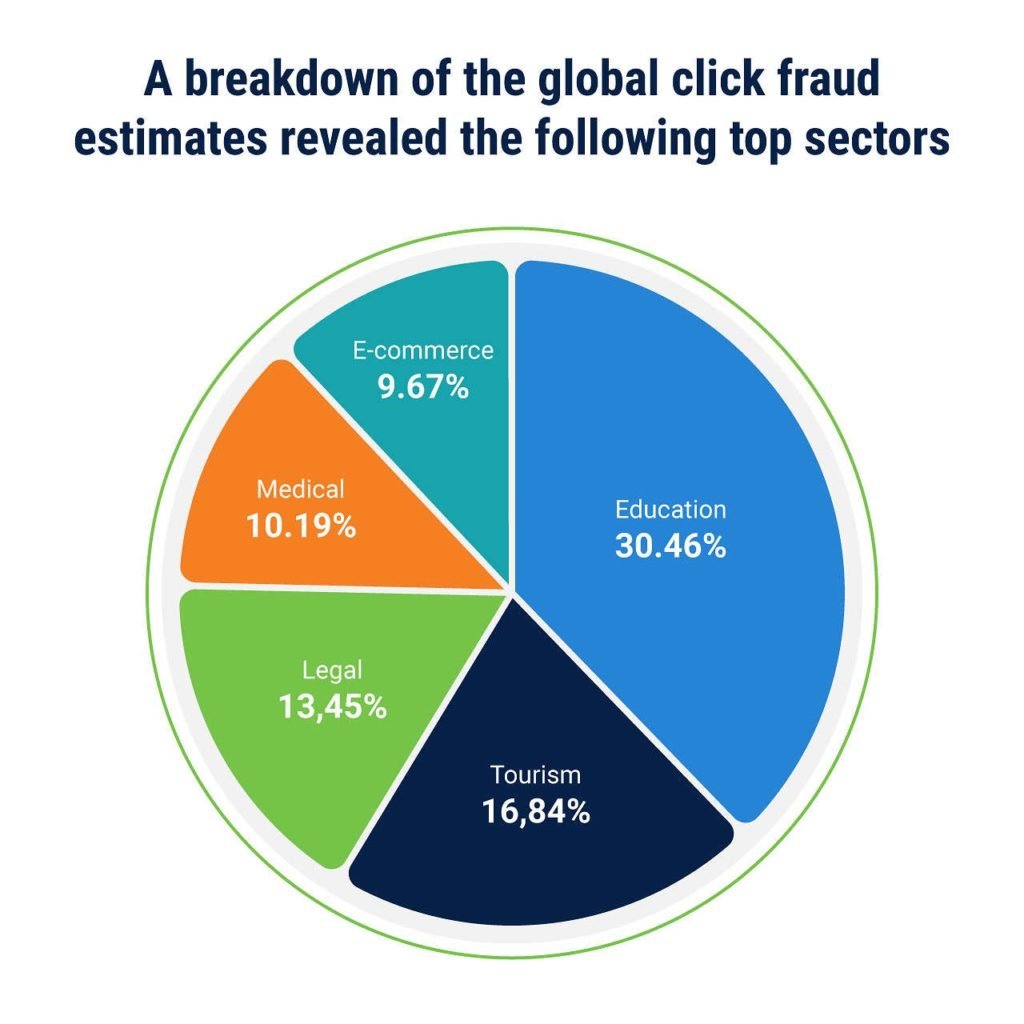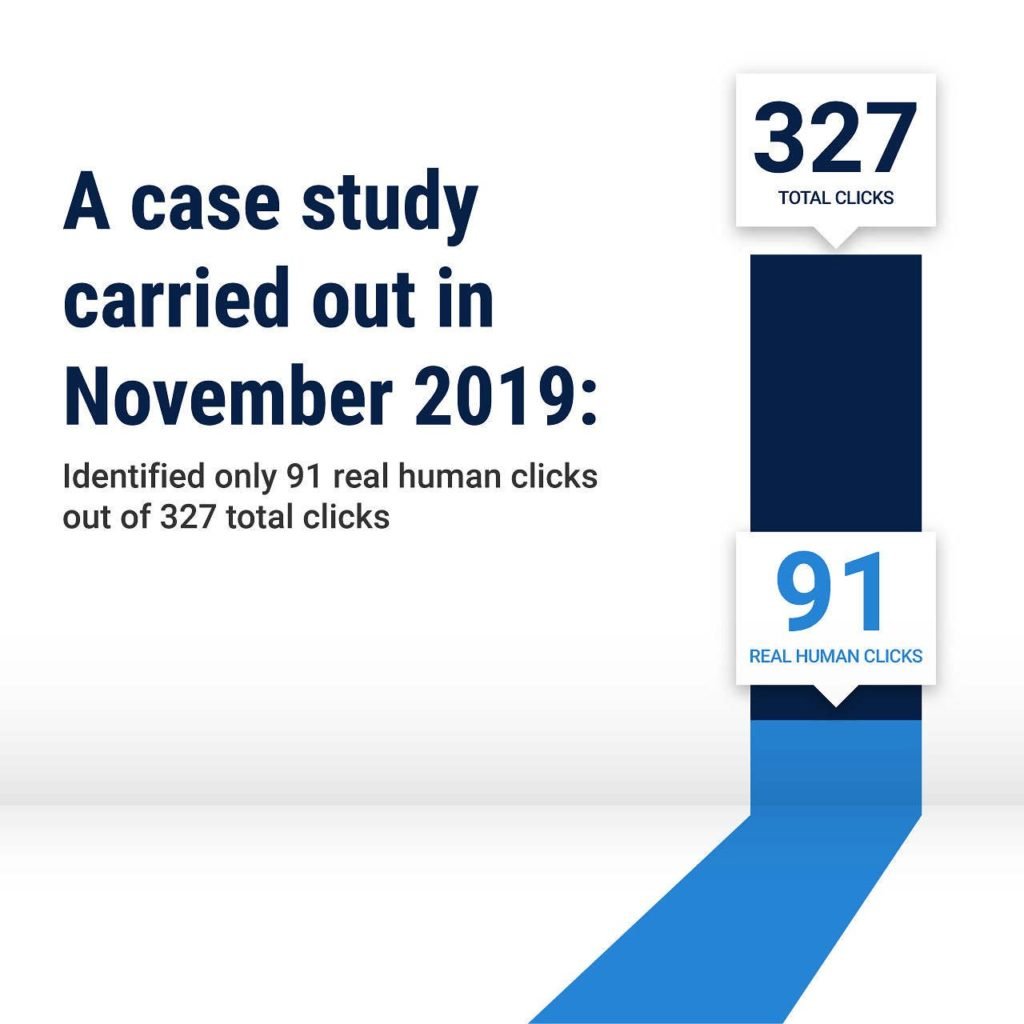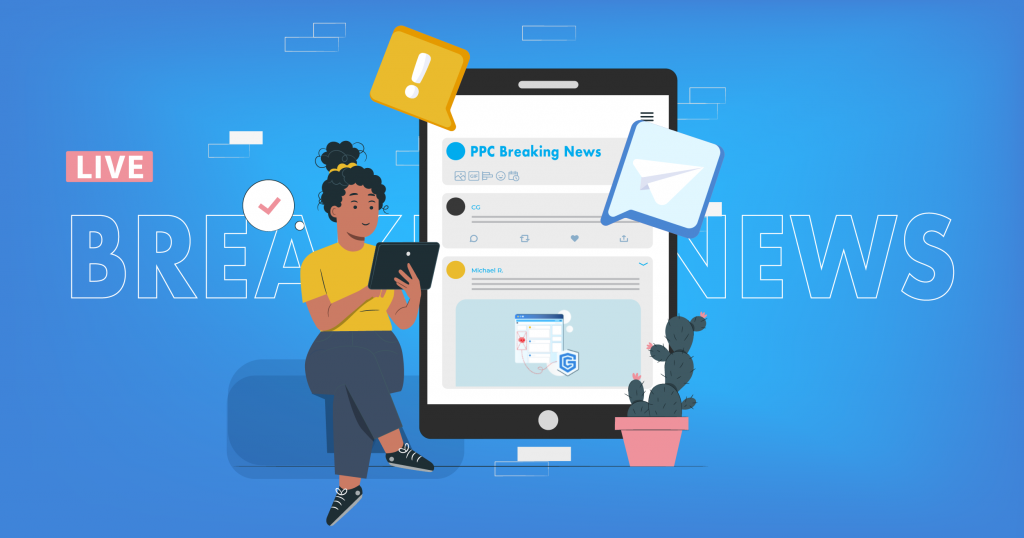Believing is seeing
Let’s start with the basics, before getting into the weeds of Click Fraud Prevention, and its “ins” and “outs” let’s address the context.

Digital Marketing and The Click Fraud Prevention “Problem”
What is the purpose of digital advertising? Promoting a product on every possible online platform to get more customers. Well, it’s common knowledge. What’s frequently ignored is the illegal activities that endanger the effectiveness of the ads.
PPC click fraud is unfortunately all over the Internet and can occur to you at any time. Since you are here reading this article, it means you know what click fraud is. If you stumbled upon our blog accidentally and the topic interested you, make sure to check out our brief guide on click fraud prevention, step by step.

Click fraud is a 7.2 Billion dollar industry…
Click fraud can cause huge inconveniences for advertisers and marketers. Instead of driving converting traffic to your website, you will be driving fraud traffic. Let alone the financial loss worth billions of dollars, which, to be precise, will reach around $7.2 billion in 2020.
Click fraud has become some kind of illegal dealership. Your ad publisher and competitor have all the motivation in the world to commit online ad frauds. That is why they hire cybercriminals to attack networks, computers and fill them with botnet malware that generates false clicks. Luckily, there are click fraud prevention and detection methods that mitigate this growing threat.
Method #1 Identify the problem
Some enterprises invest a lot in advertising, and it’s only logical that they expect high returns in forms of traffic and conversions. Now, imagine a company that spent, let’s say, half of its budget on ads without any significant result. It’s crystal clear that click fraud is the reason.
Click fraud cases used to end up in court but not all of the applicants get reimbursement. Is it the best solution? I don’t think so. You have to go through stages of click fraud prevention with your security service provider and try to prove it in the court. This is why the stage of awareness of the magnitude of the problem is key!
Method #2 Audit the Ad Performance with a Data-Driven Click Fraud Prevention Provider
Click fraud prevention is only possible if you discover it. The fraudsters won’t stop clicking on your ad until you either run out of the budget and take down your ad, or you catch them and block them. The first scenario is not an option, so you have to stick with the second one.
Keep an open eye on where the clicks come from. IP addresses can give away the culprits. You could go through the clicks on your own and identify suspicious IP addresses. It seems relatively easy. Nonetheless, cybercriminals don’t sit around and do nothing.
They come up with newer and more sophisticated algorithms to perform the frauds. Hiding IP addresses is like Hacking 101, so analyzing the data by yourself won’t do anything well, this is why having a click fraud prevention tool that partners with your efforts is recommended.
The Ultimate Solution
What if there was a click fraud prevention software that recognizes any sceptical clicks, checks the IP addresses and devices and automatically blocks them? Wouldn’t that spare you a lot of trouble and time? It definitely would. And third-party click fraud prevention software like ClickGUARD are available and ready to serve you.
Advertisers are not expected to be top class cybersecurity specialists. They come up with good ideas for your online ads and ClickGUARD ensures that it gets you valid clicks. Save your time and effort for more important tasks.



